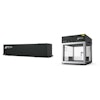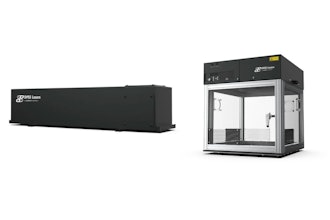SIOUX FALLS, S.D. (AP) — South Dakota is on the lookout for dairy cows.
Gov. Dennis Daugaard and state agriculture officials are traveling this week to the World Ag Expo in Tulare, Calif., with the goal of doubling the state's current herd of about 92,000 dairy cows.
State Agriculture Secretary Walt Bones said South Dakota's herd pales in comparison to California, where a single county might have nearly a half-million cows. The goal, he said, is growth.
"We have a lot of opportunity to grow the business here," Bones said.
A new cheese plant being built in Brookings needs the animals, as do other South Dakota plants aiming to expand dairy operations, said Marv Post, president of the South Dakota Dairy Producers.
In June, Chicago-based Bel Brands USA broke ground on the $100 million cheese plant in Brookings that will produce the company's wax-wrapped Mini Babybel line of semi-soft snack cheeses. It will employ about 200 people when it becomes fully operational in the summer of 2014, and the workforce could grow to 400 within three years.
The Bel Brands plant alone could use 30,000 dairy cows when running at full capacity, Post said.
Lake Norden Cheese Company, a division of Davisco Foods International, also wants to expand, and Valley Queen Cheese Factory in Milbank could use more milk, Post added.
Post, who owns a 60-cow dairy operation near Volga, said margins have been tight in the dairy industry since the crash of 2009. The following three years have been just OK.
He said the feed cost to produce 100 pounds of milk is about $11. Additional input costs don't leave much room for profit.
"The margins in the dairy industry haven't been there to justify that expansion, so that's why there's still expansion possible from within before even getting additional permits to produce that milk," Post said.
But everything in agriculture is cyclical, he said, and farmers in other parts of the country feeling pressures are looking to South Dakota, which has plenty of acres and no personal income or corporate taxes.
Bones said most of the growth potential in South Dakota is up and down the Interstate 29 corridor, but there are also opportunities in central South Dakota. State officials try to work with local communities that welcome the business but acknowledge that some simply don't want the business.
"We embrace local control here in South Dakota," he said. "Some don't want livestock development in their communities."
The World Ag Expo runs Tuesday through Thursday.






















